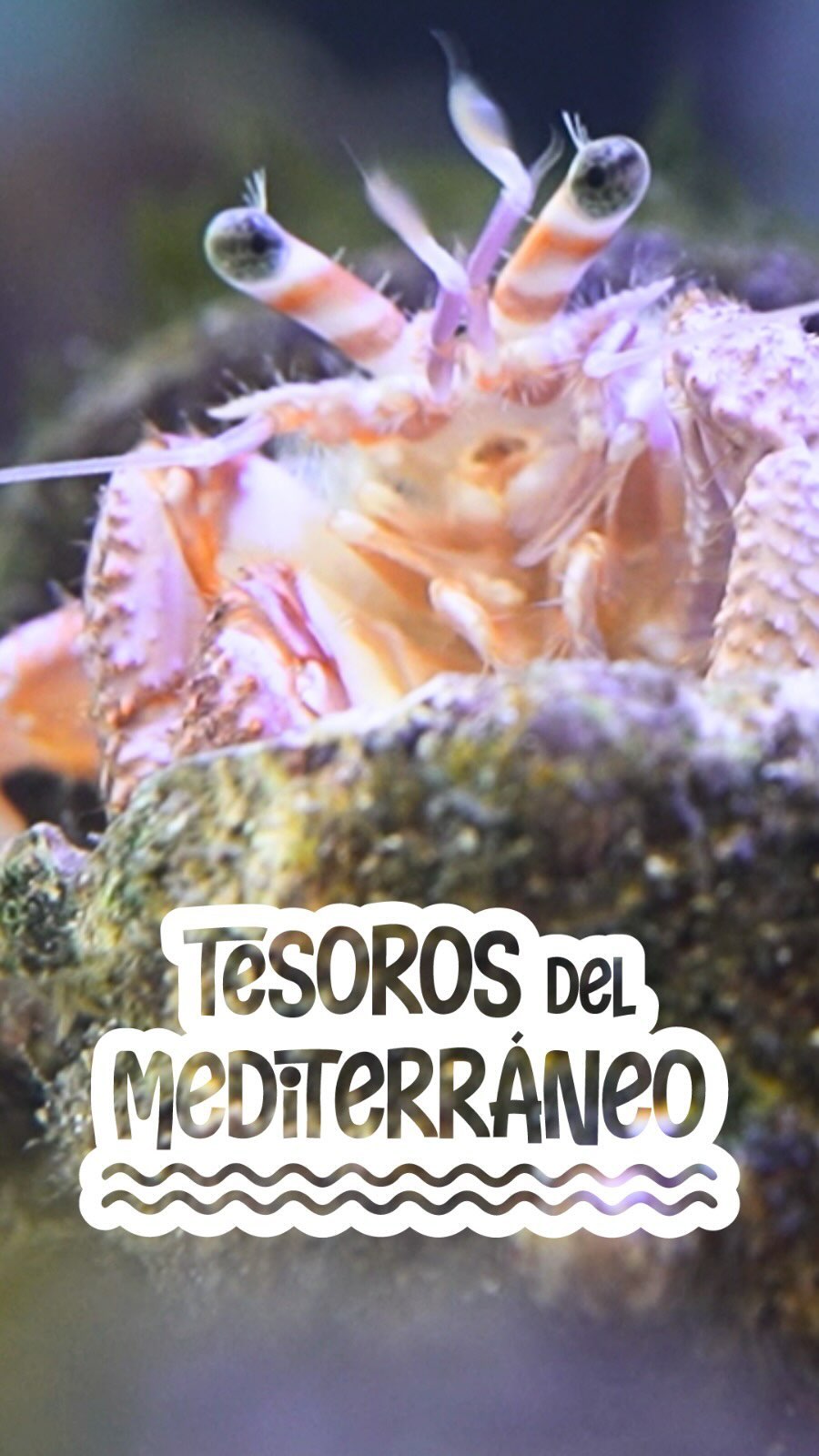– The importance of the Mediterranean Sea as a biodiversity hotspot
– An introduction to the hermit crab as a species and its role in the marine ecosystem
– Conservation challenges faced by marine species in the Mediterranean
– Efforts in zoo management and wildlife conservation to protect marine habitats
– Strategies for public engagement and the role of educational programs
The Mediterranean Sea, encompassing an intersection of Europe, Asia, and Africa, is a cradle for an immense variety of marine life and, thus, a critical reservoir of biodiversity. This semi-enclosed sea has been a vital waterway for trade and culture for millennia and continues to be an arena of significant environmental interest.
Among the pantheon of creatures calling the Mediterranean home is the intriguing hermit crab, a species often overlooked but playing a pivotal role in maintaining the ecological balance of its marine habitat. The hermit crab’s distinctive lifestyle and adaptation strategies exemplify the complex interactions within marine ecosystems, making these creatures emblematic subjects for scrutiny and conservation efforts.
With their characteristic behavior of inhabiting empty shells, Hermit crabs have long fascinated scientists and casual observers alike. More than just an eccentric housing choice, this behavior is a critical survival strategy. As these crabs grow, they must continue their quest for larger shells, making them perpetual participants in a recycling process that promotes the health and vitality of the seabed community.
The Mediterranean marine habitats face an array of conservation challenges. Overfishing, pollution, climate change, and habitat destruction are but a few of the threats that place immense pressure on native species, such as the hermit crab. The cumulative impact of human activities has led to a decline in marine populations and a fraying of ecological networks.
Zoo management and wildlife conservation have stepped forward as key players in the effort to mitigate these pressing issues. Enclosures replicate natural environments to create safe spaces where endangered species can thrive. Institutions also engage in breeding programs, research, and rehabilitation initiatives—all designed to preserve genetic diversity and foster sustainable populations.
Public engagement is vital to the success of conservation efforts. Zoos and aquariums serve as platforms for education and awareness, allowing visitors to experience the rich tapestry of marine life up close. Through interactive displays, informative exhibits, and focused narratives, these institutions impart knowledge and foster a connection between humans and the marine species with whom we share our planet.
Programs tailored to school groups, families, and marine enthusiasts aim to spark a lifelong interest in marine conservation and further emphasize the importance of safeguarding our seas. Social media and digital outreach, including platforms like Instagram, provide a powerful avenue to disseminate knowledge and foster a broader understanding of the Mediterranean’s biological wealth.
In the case of the hermit crab, education can highlight the species’ unique behaviors and anatomy, such as its asymmetrical abdomen, which developed to coil perfectly into spiraled shells. Through storytelling and vivid imagery, the public can learn about mutualistic relationships hermit crabs form with sea anemones and how these partnerships exemplify the intricate connections that define the ecosystem.
Conservationists work to preserve marine life by creating protected areas, regulating fishing practices, and reducing pollution through cleanup efforts. These strategic actions are necessary to maintain the Mediterranean’s complex food webs’ equilibrium and provide stable environments for species like the hermit crab.
In understanding the hermit crab’s role in marine environments and the conservation challenges it faces, audiences can appreciate the broader significance of preserving the Mediterranean Sea. The importance of this body of water extends beyond its charismatic fauna; it’s an essential component of the global climate system and a vital source of sustenance for the human population residing along its shores.
The marine conservation narrative continually evolves, with new scientific insights informing policy and practice. Ongoing research, often carried out in partnership with universities and research institutions, ensures that strategies to protect the Mediterranean are grounded in the latest empirical evidence.
As a living laboratory, the Mediterranean Sea offers endless opportunities to explore and safeguard its submerged treasures. It’s a repository of lessons on how ecosystems function and interact and a reminder of the delicate balance that supports the diversity of life on Earth.
The fascinating stories of inhabitants like the hermit crab serve as compelling chapters in the larger tale of the Mediterranean. By unveiling the secrets hidden beneath its waves, we can foster a deeper appreciation for this essential and enchanting part of our natural world, encouraging actions that ensure its vitality for future generations.
*****
Source Description
🌊 Descubre los secretos mejor guardados del mar Mediterráneo en una nueva sección:
Conoce más acerca de nuestro primer invitado: 🐚 𝗲𝗹 𝗰𝗮𝗻𝗴𝗿𝗲𝗷𝗼 𝗲𝗿𝗺𝗶𝘁𝗮ñ𝗼 🐚

